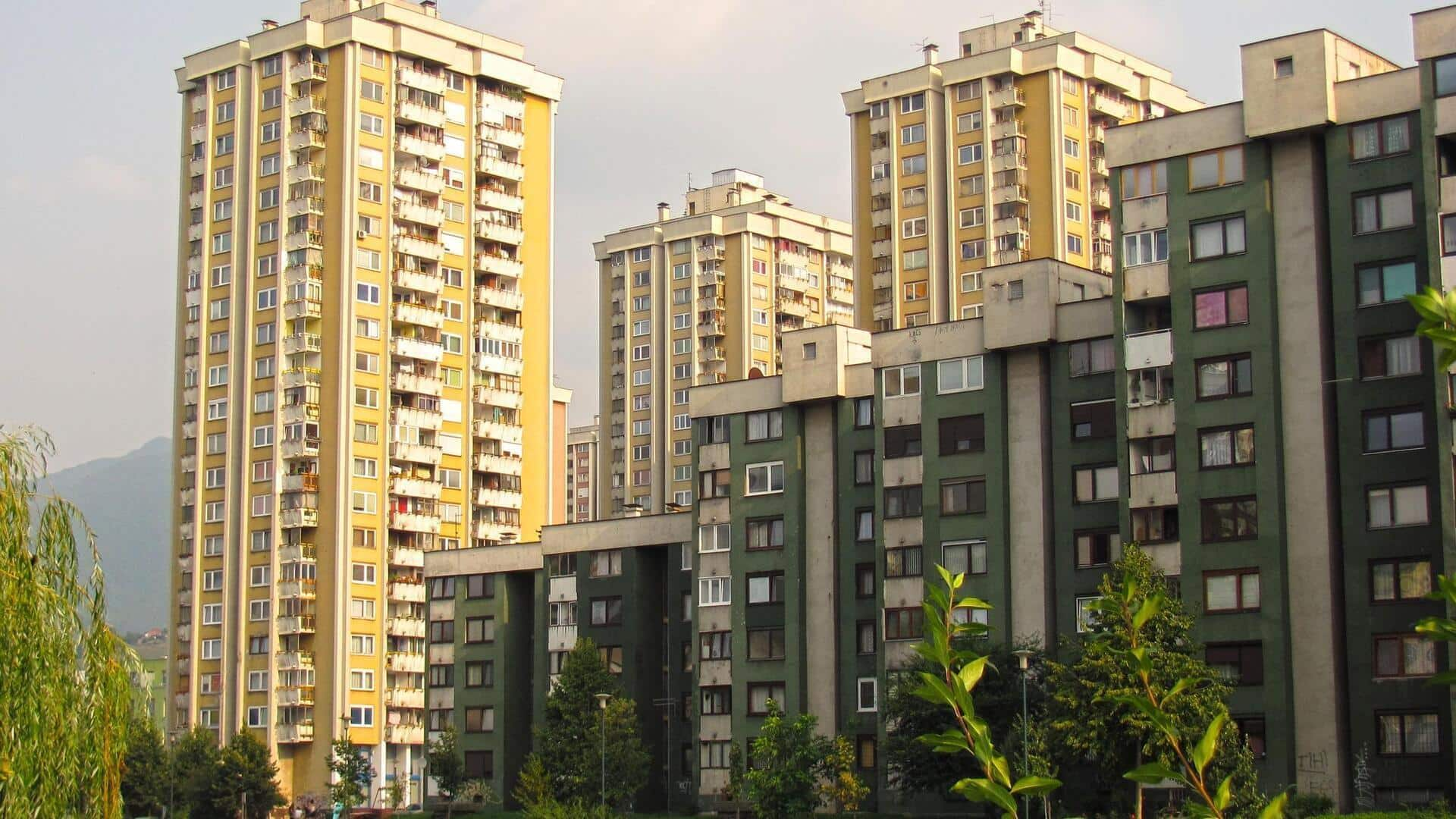Runnels: A Cultural Shock
The viral clip that started the online buzz featured a glimpse of Germany's street runnels. The post, made by an Indian woman, drew immediate comparisons
to the 'naali' – a Hindi term for a drain or gutter – commonly found in India. The unexpected element, however, was the pristine condition of the German runnels. These were meticulously maintained and integrated into the streetscape, a stark contrast to the often-neglected state of similar infrastructure back home. The post's caption highlighted the cultural shock of seeing a familiar concept executed with such attention to detail and hygiene, prompting a wave of commentary on infrastructure differences and societal priorities.
Contrast in Infrastructure
The fundamental difference highlighted by the social media post lies in how these runnels are perceived and managed. In Germany, the systems are an integral part of the urban design, suggesting that they are maintained regularly. This includes regular cleaning, which is an aspect that is often overlooked in the Indian context. Conversely, the 'naalis' in India frequently face issues such as overflowing, inadequate cleaning, and improper waste disposal. This disparity shows the broader societal approach to infrastructure, which is closely tied to public hygiene and overall urban planning. The maintenance of these structures in Germany indicates a dedication to public health and well-being.
Social Media Buzz
The post quickly gained traction on social media, igniting a dialogue amongst users from various backgrounds. Comments ranged from humorous observations on the 'fancy naali' to more serious reflections on civic responsibility and infrastructure development. Many users from India echoed the woman's sentiments, noting the different approaches to urban planning. This generated a discussion on the importance of better waste management practices, more investment in infrastructure, and the necessity for improved hygiene in Indian cities. The post's popularity reflected a shared sense of longing for more efficient and well-maintained public services in the Indian context.
Underlying Societal Issues
Beyond the immediate visual comparison, the post has also underscored deeper societal issues. These include the allocation of resources and the significance given to public health. The contrast between the well-maintained German runnels and the often-neglected 'naalis' in India shows a difference in priorities. The discussion generated online highlighted the importance of civic engagement and the impact of individual actions on maintaining public spaces. The social media post triggered people to think about the role of governments and citizens in upholding urban standards, including better resource allocation, waste management, and overall city planning.
Lessons and Aspirations
The simple observation of Germany's street runnels became a catalyst for broader reflection. This highlighted a need for improved infrastructure and a change in mindset regarding public spaces. It served as a reminder that well-maintained public infrastructure not only enhances the aesthetic value of a city but also reflects a commitment to public health and hygiene. This social media post encouraged dialogue around the importance of civic responsibility and better resource management for creating sustainable and healthy urban environments. Many users expressed their aspiration for better infrastructure and a higher quality of life in their own cities.














